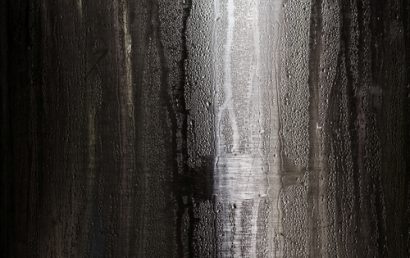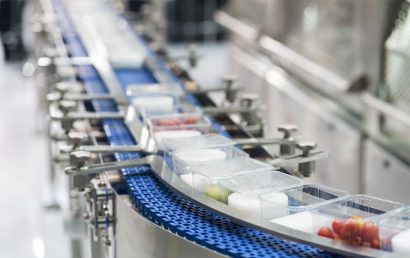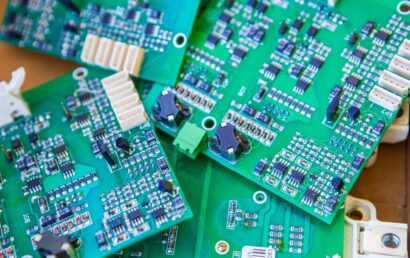Overcoming Valve Problems With Surface Engineering Solutions
Valve components, and the industries that depend on them, face immeasurable challenges every day. Surface engineering services play an important part in ensuring long-term, efficient, and safe operating valves.
Let’s examine the challenges faced here and present-day solutions to those challenges.
Surface Engineering Services
First things first – what is surface engineering? Basically, it deals with solid matter and its surface in the materials science category. It has applications to electrical engineering, mechanical engineering, and chemistry. Because, over time, surfaces can be degraded by various factors, treatment processes and protective coatings can be used to engineer a surface that is more resilient. Executed correctly, surface engineering can even be used to restore or repair a worn/damaged surface or part.
Valve Seizure
Sticking is frequently responsible for valve malfunctions where solid containing fluids are present. As an example, food processing applications often involve gummy or sticky solids. Additionally, when, for a long period of time, a valve is kept in a shut or open position, problems arise. Around the guideways or the disc, buildup occurs and solidifies. This can prevent the valve from being shut or opened and increases break-out torque.
Valve Erosion
A continuous 24-hour operating process is necessary today for many plants to remain cost-effective. Whereas employees can be replaced every eight hours, much of the equipment they use cannot. Because of this, the interior of valves can be subjected to high velocity fluid flow “scouring”. If the valve has been partly throttled, this is even more possible.
Valve Corrosion
The seatings and discs of valves are affected by alkalis, acids, and any number of other process chemicals. This includes saltwater such as that used in electric generating systems which use it for cooling. To maximize a valve’s life, protection must be offered to the seating, disc, and valve body.
Most important to keep in mind here is how budget friendly protective coatings are when compared to the price of high performance, noncorrosive metals being used for specially manufactured/machined parts.
Frictional Release Coatings
One type of frictional release coating is referred to as a PTFE coating. It’s not hard to see why initials are used because the official name is polytetrafluoroethylene! These coatings protect against erosion and corrosion with easy release, low friction characteristics.
The mix is a specially applied stainless-steel matrix with the reinforced coating locked in. It is sprayed onto valve parts that have been properly prepared and produces a hard surface matrix. Resin bonded PTFE is impregnated into this matrix. The resulting surface contains tiny peaks of stainless steel with chemically resistant, nonporous resin bonded PTFE filling in between the peaks and valleys.
The resin structure of the coating suspends fine particles of PTFE providing the following:
- A wear resistant, corrosion resistant, tough coating courtesy of the resin base
- Fluorocarbon gives it excellent lubrication properties
- A hard-supporting structure provided by the stainless-steel matrix
The hard-supporting structure is essential for chemical bonding of the valve surface and resin for additional wear protection.
A&A offers not only standard but custom-made coatings with which to protect your components, valves, machinery, and other surfaces. With our thermal spray applications, we can also help to repurpose, restore, or repair worn parts, provide electrical insulation, and treat various surfaces for a desired or required quality. Contact us today if you have questions as to how A&A Coatings can be of assistance to you, your business, or your industry.



